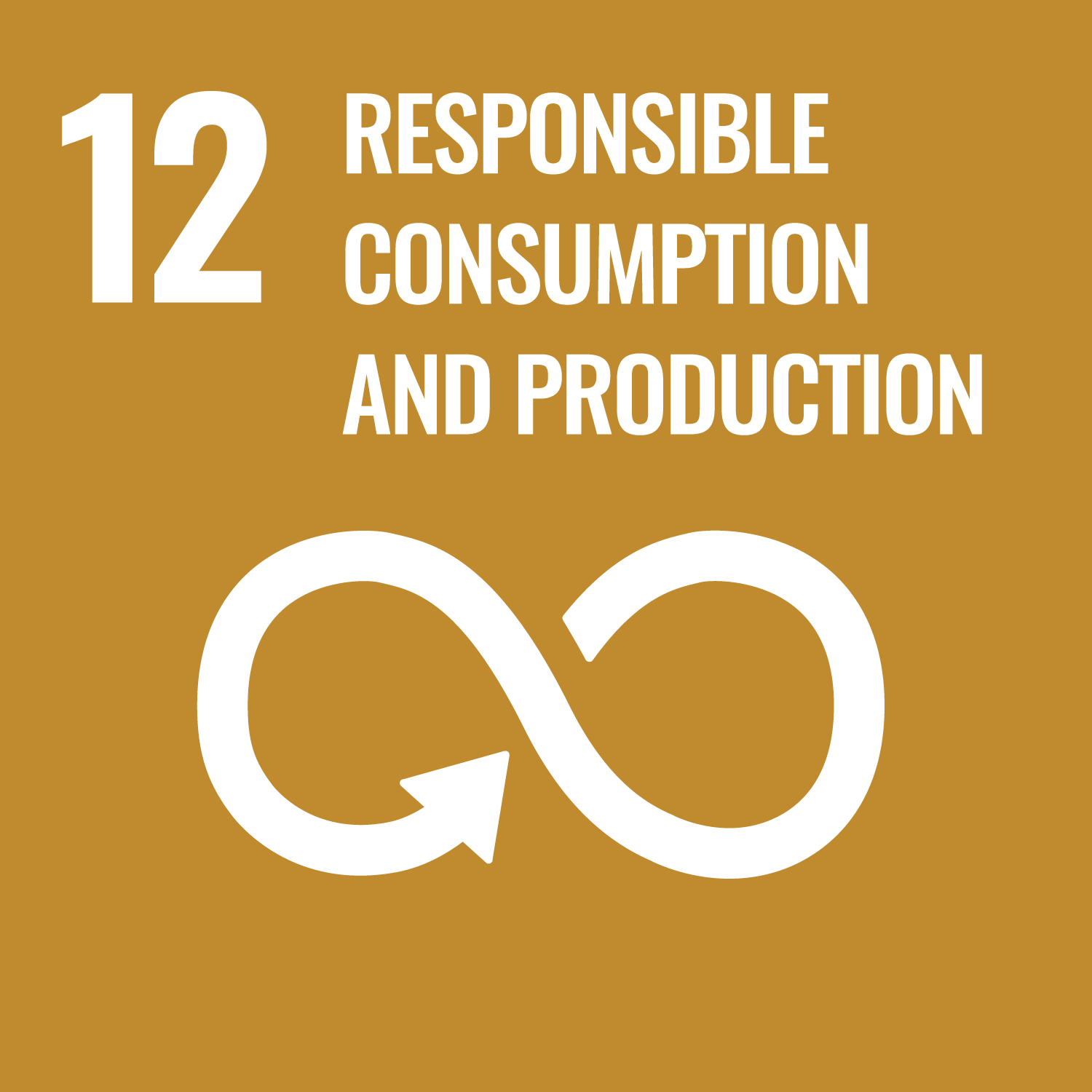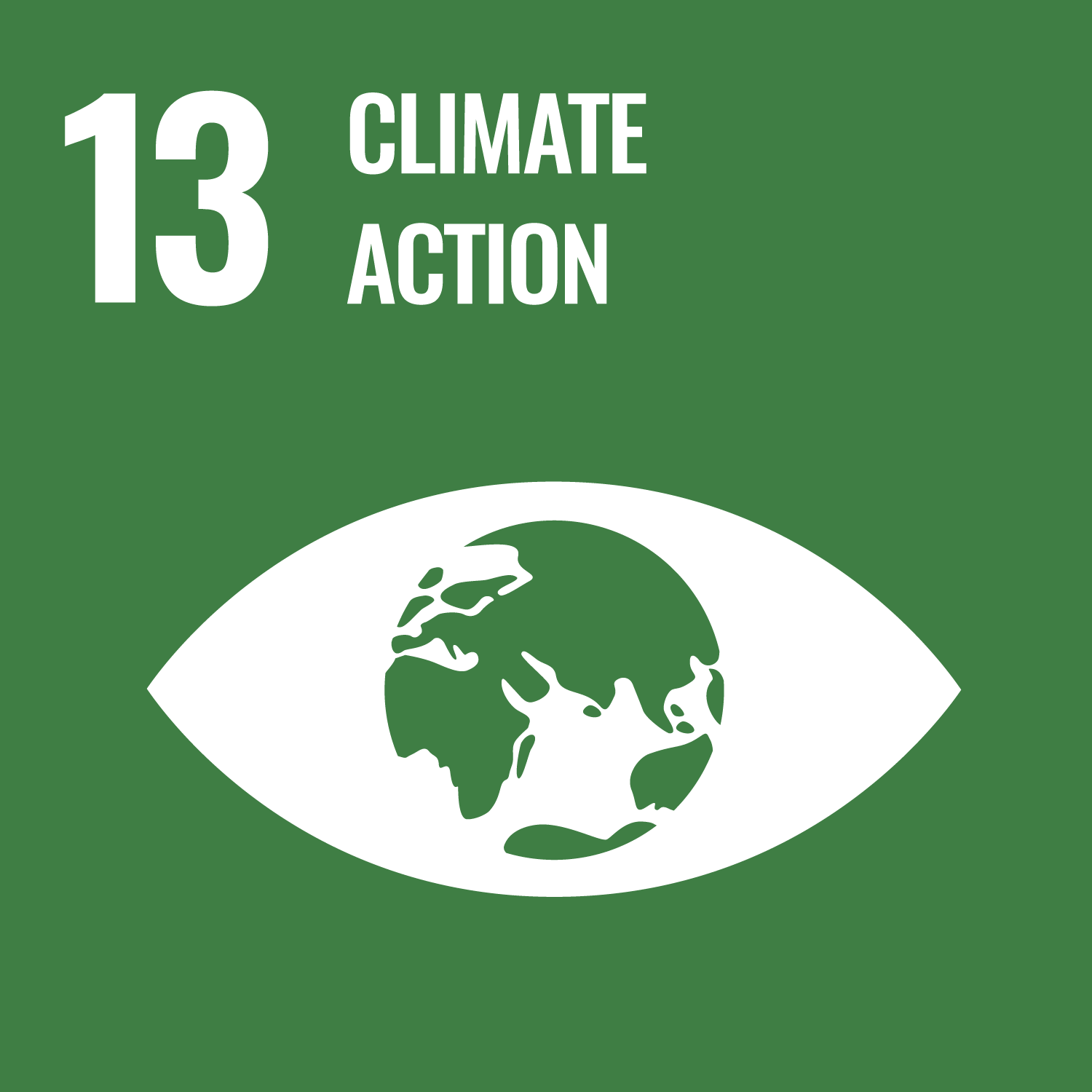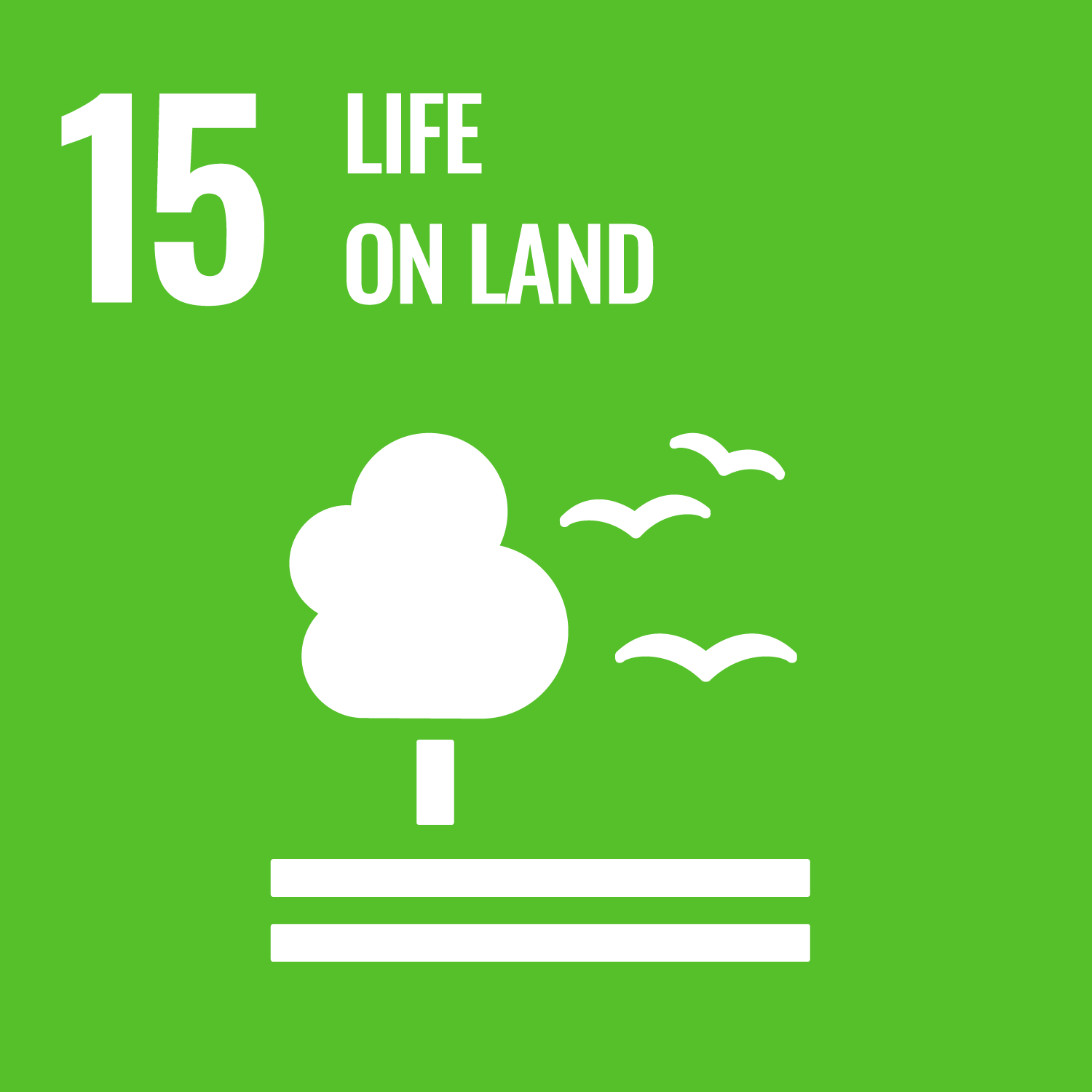

Natural Allies for Mango Mealybug Control
This technology provides an effective, cost-efficient intervention to protect mango value chains in Africa. The release and establishment of two parasitoid species—Gyranusoidea tebygi and Anagyrus mangicola—has shown a dramatic impact in reducing mango mealybug populations, leading to increased yields and farm income. With research costs already covered, the expansion to new countries requires only modest investments in rearing and monitoring. This intervention aligns with sustainable agriculture goals, reduces pesticide use, and strengthens the resilience of smallholder farming systems.
This technology is pre-validated.
Adults 18 and over: Positive high
Adult farmers, especially those engaged in mango production, benefit from increased yields and reduced crop loss. This improves household income and food security.
The poor: Positive high
Poor farming households benefit from a free, sustainable pest control solution that does not require them to purchase pesticides, reducing production costs and increasing returns.
Women: Positive low
Although women are not directly involved in the implementation (managed by national services), they participate in mango harvesting, processing, and selling. The reduction in pest damage supports their economic activities.
Climate adaptability: Highly adaptable
The parasitoids have successfully established in diverse agroecological zones—from humid coastal areas to subhumid inland zones—demonstrating strong adaptability to varying climates.
Farmer climate change readiness: Significant improvement
By reducing dependency on chemical pesticides and increasing mango resilience to pest outbreaks, the technology enhances farmers' capacity to cope with climate-induced pest pressure.
Biodiversity: Positive impact on biodiversity
Supports biodiversity by reducing broad-spectrum pesticide use, allowing beneficial insects and natural ecosystems to thrive.
Carbon footprint: A bit less carbon released
No fossil fuel inputs are required for application (no spraying or machinery), making it a low-emission intervention.
Environmental health: Greatly improves environmental health
Improves environmental safety by replacing toxic pesticides with a natural solution, protecting water, soil, and non-target organisms.
This biological control technology offers an effective, long-term solution to manage the invasive mango mealybug (Rastrococcus invadens) across Africa. By introducing two specific natural enemies—Gyranusoidea tebygi and Anagyrus mangicola—the method restores ecological balance and strengthens the resilience of mango production systems without relying on chemical pesticides.
The approach contributes directly to Sustainable Development Goals:
SDG 2 (Zero Hunger) by safeguarding mango yields and farmer income,
SDG 12 (Responsible Consumption and Production) by reducing pesticide use, and
SDG 15 (Life on Land) by preserving beneficial insect populations and supporting agroecological practices.
This solution has already proven successful in 18 African countries, where it reduced mealybug populations by up to 95% and delivered significant economic benefits for smallholder farmers. It promotes environmental health, enhances productivity, and supports inclusive agricultural development.
The approach is especially relevant for programs aiming to strengthen resilience in mango value chains, promote environmentally friendly pest control strategies, scale up agroecological practices in fruit production.
Its implementation requires limited investment—mainly for parasitoid importation, rearing, and monitoring—and can be supported through partnerships with IITA, national agricultural services, and regional plant protection bodies.
By adopting this proven and scalable solution, development actors can strengthen mango value chains, reduce ecological harm, and promote long-term sustainability in the fruit sector across Africa.
Starter cultures, rearing and expert guidance
No formal IP rights
Scaling Readiness describes how complete a technology’s development is and its ability to be scaled. It produces a score that measures a technology’s readiness along two axes: the level of maturity of the idea itself, and the level to which the technology has been used so far.
Each axis goes from 0 to 9 where 9 is the “ready-to-scale” status. For each technology profile in the e-catalogs we have documented the scaling readiness status from evidence given by the technology providers. The e-catalogs only showcase technologies for which the scaling readiness score is at least 8 for maturity of the idea and 7 for the level of use.
The graph below represents visually the scaling readiness status for this technology, you can see the label of each level by hovering your mouse cursor on the number.
Read more about scaling readiness ›
Uncontrolled environment: validated
Common use by projects NOT connected to technology provider
| Maturity of the idea | Level of use | |||||||||
| 9 | ||||||||||
| 8 | ||||||||||
| 7 | ||||||||||
| 6 | ||||||||||
| 5 | ||||||||||
| 4 | ||||||||||
| 3 | ||||||||||
| 2 | ||||||||||
| 1 | ||||||||||
| 1 | 2 | 3 | 4 | 5 | 6 | 7 | 8 | 9 | ||
| Country | Testing ongoing | Tested | Adopted |
|---|---|---|---|
| Benin | –No ongoing testing | Tested | Adopted |
| Burkina Faso | –No ongoing testing | –Not tested | Adopted |
| Burundi | –No ongoing testing | –Not tested | Adopted |
| Cameroon | –No ongoing testing | –Not tested | Adopted |
| Central African Republic | –No ongoing testing | –Not tested | Adopted |
| Côte d’Ivoire | –No ongoing testing | –Not tested | Adopted |
| Democratic Republic of the Congo | –No ongoing testing | –Not tested | Adopted |
| Gabon | –No ongoing testing | –Not tested | Adopted |
| Gambia | –No ongoing testing | –Not tested | Adopted |
| Ghana | –No ongoing testing | –Not tested | Adopted |
| Guinea | –No ongoing testing | –Not tested | Adopted |
| Nigeria | –No ongoing testing | –Not tested | Adopted |
| Rwanda | –No ongoing testing | –Not tested | Adopted |
| Senegal | –No ongoing testing | –Not tested | Adopted |
| Sierra Leone | –No ongoing testing | –Not tested | Adopted |
| Togo | –No ongoing testing | Tested | Adopted |
| Uganda | –No ongoing testing | –Not tested | Adopted |
This technology can be used in the colored agro-ecological zones. Any zones shown in white are not suitable for this technology.





| AEZ | Subtropic - warm | Subtropic - cool | Tropic - warm | Tropic - cool |
|---|---|---|---|---|
| Arid | – | – | – | – |
| Semiarid | – | – | – | – |
| Subhumid | – | – | ||
| Humid | – | – |
Source: HarvestChoice/IFPRI 2009
The United Nations Sustainable Development Goals that are applicable to this technology.

Protects mango yields by controlling a major pest, contributing to food security and farmer income.

Reduces the use of chemical pesticides, promoting safer and more sustainable production systems.

Improves resilience of farming systems to climate-induced pest outbreaks without adding emissions.

Supports ecological balance and biodiversity by using natural enemies instead of harmful chemicals.
Last updated on 30 June 2025